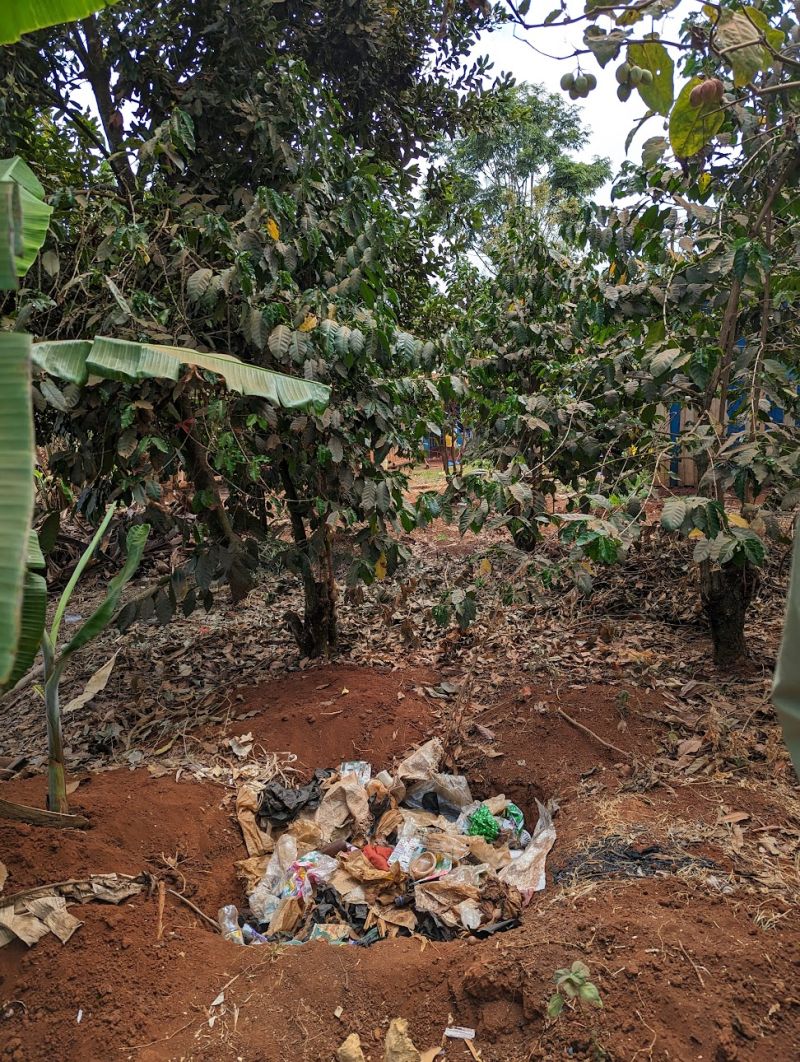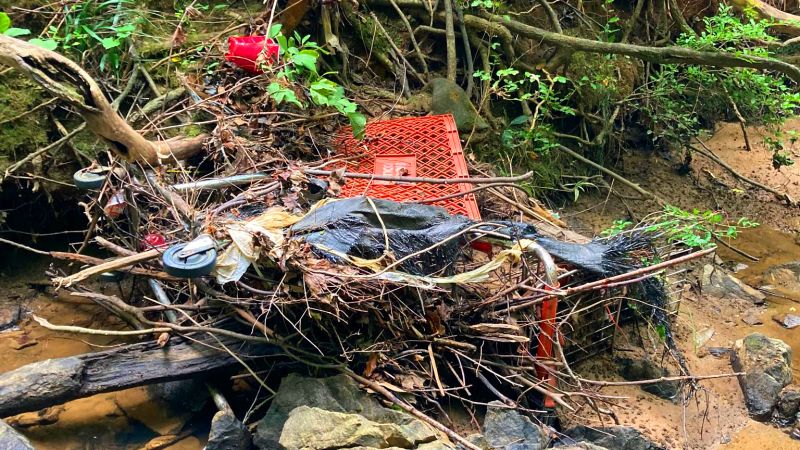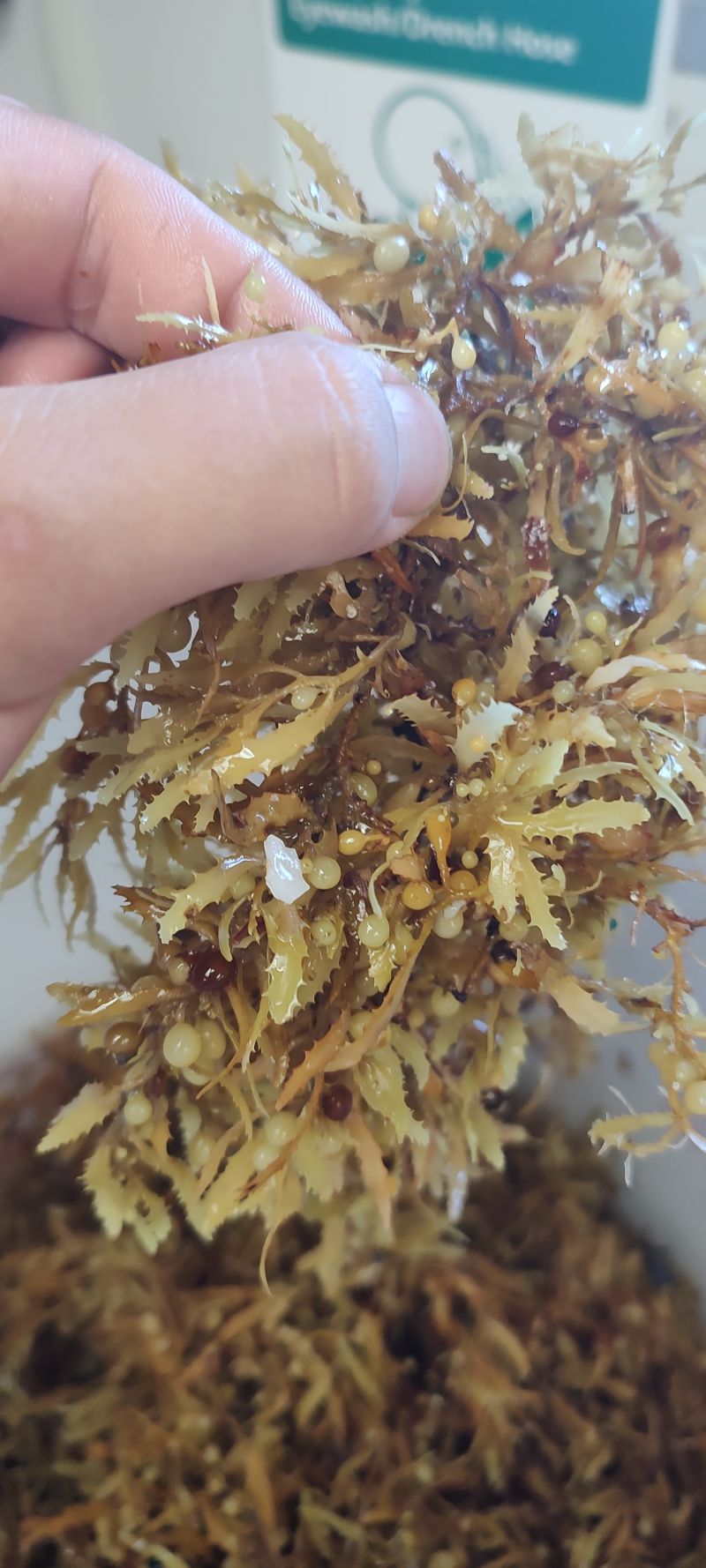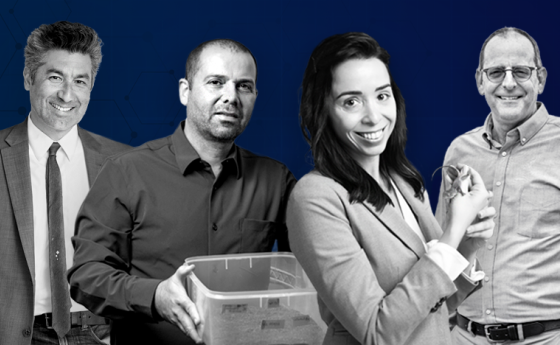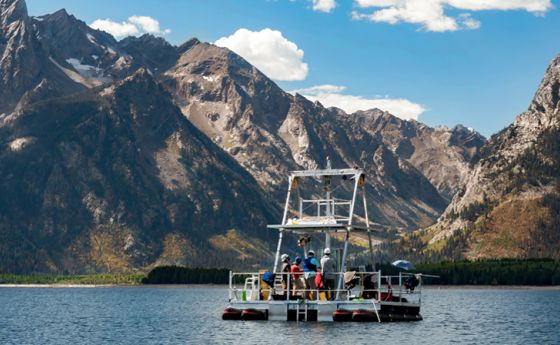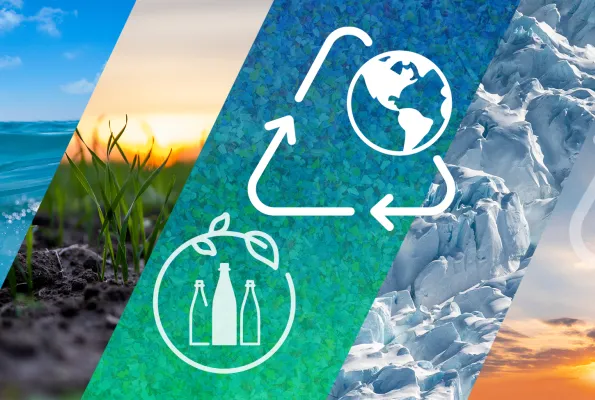
5 NSF projects transforming how researchers understand plastic waste
The U.S. National Science Foundation champions research on how plastic impacts the planet. These five projects are changing how researchers think about plastic and what happens after it is tossed away.
Plastic is everywhere. Humans produce so much plastic that we end up throwing away about 400 million tons of plastic-related trash every year. And researchers are learning that this trash doesn't stay where it is deposited. From land to sea, plastic is found virtually everywhere on the planet.
Earth Day 2024 is highlighting the plastics problem with the theme: "Planet vs. Plastic." "Our reliance on harmful plastics is not sustainable," said Alexandra Isern, NSF assistant director for Geosciences. "We are committed to funding research that will address the plastics challenge to create a safer future for generations to come."
Here are five NSF-driven projects that look at the versatile material in both expected and unusual places and examine its impacts on the planet and the creatures who call it home.
1. In soils
About half of the 400 million tons of plastic that people worldwide discard annually migrates beyond landfills.
Brian Giebel, an assistant research professor at the City University of New York, and Benjamin Bostick, a professor at Columbia University, are studying how these discarded plastics can affect soil health and function. The team is especially interested in plastic's potential to change how soils emit climate-warming gases like carbon dioxide and methane.
How does a piece of plastic eventually end up as a gas? First, it breaks down through chemical and physical processes in soils. When it degrades to less than 5 micrometers in size, slightly bigger than a speck of dust, it can become a tasty lunch for microorganisms, which then release carbon dioxide and methane into the atmosphere.
The team will use a variety of laboratory techniques, like stable isotope measurements and X-ray microscopy, to track plastic's degradation, microbial uptake and eventual transformation to gas.
2. In urban streams
From plastic wrappers to plastic bottles, plastics dominate daily life. Once used, however, plastic can often end up as litter within waterways.
Anne Jefferson, a professor at the University of Vermont, and her team are using time-lapse photography and repeat field surveys to understand how discarded plastic moves through and sometimes stays in streams. "I kept seeing trash everywhere in the urban streams where I was doing research for other projects," Jefferson said. "Since stopping litter from entering streams seemed like a losing battle, I wanted to know more about what happens to the litter once it got into a stream and how it interacted with other elements of the stream channel."
Jefferson's findings will improve litter tracking models that follow plastic from streams to oceans. She wants to learn how much plastic is stored in flood plains or within stream and river channels rather than entering the ocean. Her findings will also help guide litter management, environmental cleanup and ecosystem restoration efforts.
3. On the ocean's surface
Just like humans, plastic is carbon-based. Aron Stubbins, a professor at Northeastern University, is using this fact to better understand whether plastic pollution has fundamentally changed the ocean's surface.
Plastic has been accumulating at the ocean's surface ever since mass production started about 70 years ago. Stubbins and his team are collecting plastic samples from the open ocean and measuring natural organic carbon and plastic-carbon concentrations to determine if the plastic carbon now makes up a significant fraction of the total surface ocean carbon. If that is the case, as the team suspects, then it's very likely that the plastic carbon levels on the ocean surface today are unprecedented.
The team collected samples from the Atlantic Ocean on a research cruise last summer. The anticipated findings will reveal whether ocean scientists need to consider the role of plastic carbon as an active component of the surface ocean carbon cycle.
4. In the Arctic
Bits of plastic smaller than 5 millimeters can come from larger plastic pieces that have broken apart, byproducts of plastic manufacturing or microbeads used in health and beauty products.
These microplastics litter the seas, even reaching the remote Arctic Ocean. Alexandra Jahn, an associate professor at the University of Colorado Boulder, is studying how sea ice moves microplastics in polar regions.
Jahn and her collaborators at the NSF National Center for Atmospheric Research, the University of Washington and the Woods Hole Oceanographic Institute are investigating why observed concentrations of microplastics in sea ice are many times higher than in the underlying ocean and how this affects where microplastics end up. The team is also investigating whether sea ice is more likely to melt when it contains dark microplastics, which increase sunlight absorption.
To help answer these questions, the team is growing sea ice embedded with microplastics in a laboratory and adding microplastics to numerical models of various complexity.
5. In the atmosphere
Manufacturers add certain chemicals to plastic to make it stronger, more flexible and more durable. However, when plastic waste ends up in the ocean, these often toxic additives can leach into the water and accumulate in the sea surface microlayer, where the top of the ocean meets the atmosphere.
Nate Slade, an assistant professor at the University of California San Diego is studying how these chemicals can stick to droplets as they evaporate into the air, travel long distances across the ocean, pollute air quality, and eventually end up in a person's airways.
Slade and his team want to know how long plastic additives can last when stuck to those droplets, known as aerosols, and how other chemicals can affect their transport.
These and related NSF-supported projects will help scientists better understand how plastic impacts the planet and how to use that knowledge to build a resilient planet.

